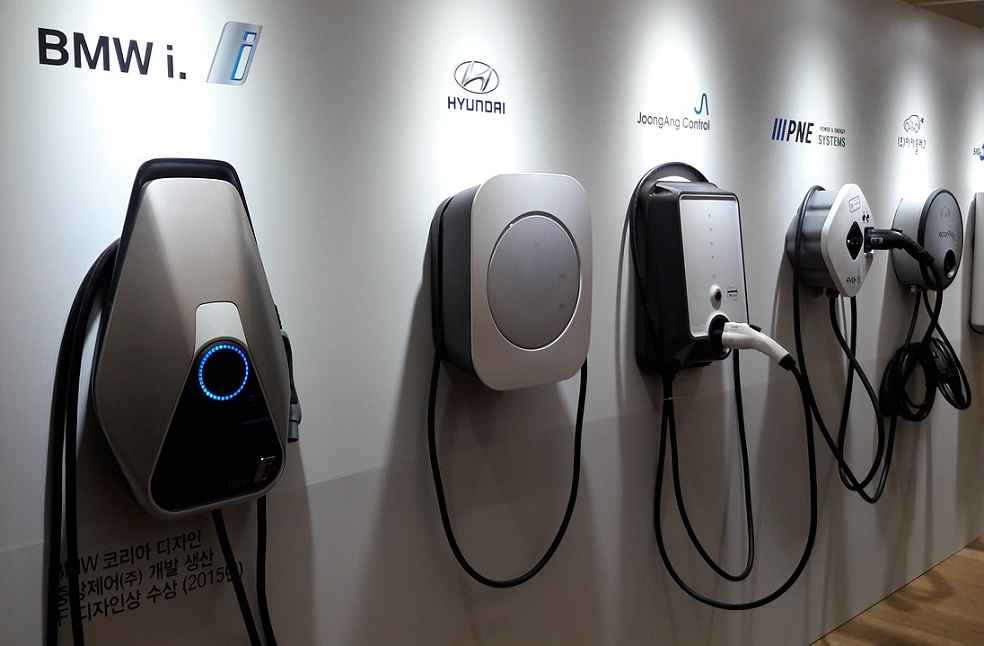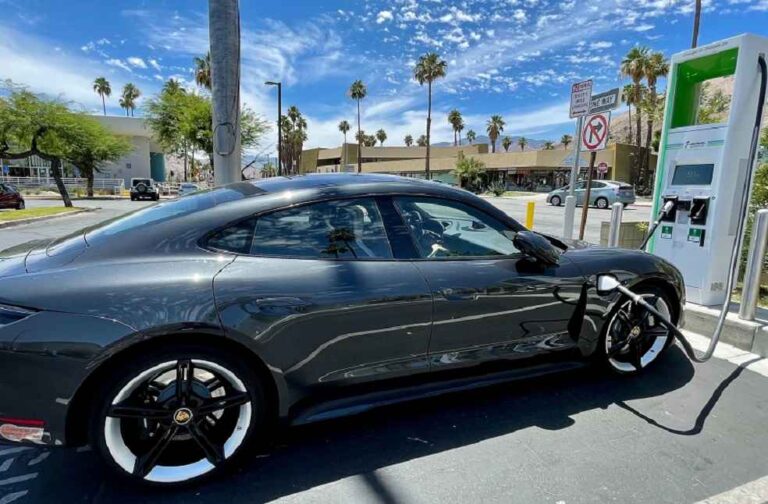The frontier of V2G Power, where renewable energy and technology converge, looms closer each day, materializing prominently through the Vehicle-to-Grid power system. Vehicle-to-Grid, or V2G, transforms electric vehicles (EVs) from mere power consumers to potential power contributors back to the grid. This innovative approach heralds a potential transformation of our power infrastructure, fostering an era of reduced carbon footprints and leading us toward a greener world.
At its essence, V2G technology operates on a straightforward premise. Parked and plugged-in EVs can use their idle batteries as makeshift energy reservoirs. When the grid experiences high demand, these stored reserves can be repurposed, effectively transforming EVs into mobile power stations. This dynamic energy exchange aims to stabilize the power grid, diminish our dependency on fossil fuel-driven peaking power plants, and potentially lead to decreased electricity costs for users.

Adapting to V2G presents its own set of challenges. Our existing electrical infrastructure isn’t geared for this two-way energy exchange. A significant overhaul of the grid, complemented by the adoption of advanced tech like smart meters and state-of-the-art communication systems, is imperative. To popularize V2G, regulatory frameworks will need amending and traditional business models reshaping to encourage EV owners to participate.
On the brighter side, V2G offers myriad benefits. It can act as an intermediary, tempering the unpredictability of renewable energy sources such as wind and solar, thereby enhancing grid reliability and minimizing reliance on expensive, pollutant-rich power plants. An enticing angle for EV owners is the prospect of a secondary income, earning compensation for channeling power back to the grid.

From an environmental perspective, V2G can be instrumental in reducing carbon emissions. With the transportation sector being a major contributor to global carbon outputs, the shift to EVs stands as a pivotal move. V2G enhances these environmental benefits.
The intersection of renewable energy and technology, embodied in V2G, signifies a promising phase in our commitment to environmental sustainability. Challenges exist, but the tangible benefits in grid resilience, economic savings, and ecological conservation are undeniable.
As renewable technology continues its progression and EVs find broader acceptance, envisioning a future where our vehicles significantly contribute to our power needs isn’t a mere aspiration. The V2G story represents our unwavering dedication to a cleaner, more efficient world.
OBSERVATION | China’s Rise: A Threat to European Auto Industry’s Profitability





